In San Colombano al Lambro, a small but beautiful Lombardy wine region, you won’t feel the hustle and bustle of nearby Milan.
Actually, it may be a little lonely; just like its hill that shyly rises in the middle of the lower Po Plain. All alone.
The town’s name comes from the peripatetic Irish missionary Columbanus, who stopped there around 612 on his way to Bobbio, where he eventually founded an abbey.
Lambro is the name of the river that flows through the town, though it’s often omitted for brevity.
With the establishment of the province of Lodi in 1992 and the referendum that decided for San Colombano to remain under Milan’s headship, the town became a Milanese enclave within the provinces of Lodi and Pavia.
Seven thousand inhabitants, a well-preserved castle from the 11th century, and lush vegetation all around make it picture perfect. Sleepy.
But on the fourth Sunday of September, it puts on its party clothes and runs its own show:
The annual grape festival—or festa dell’uva, or sagra dell’uva in Italian.
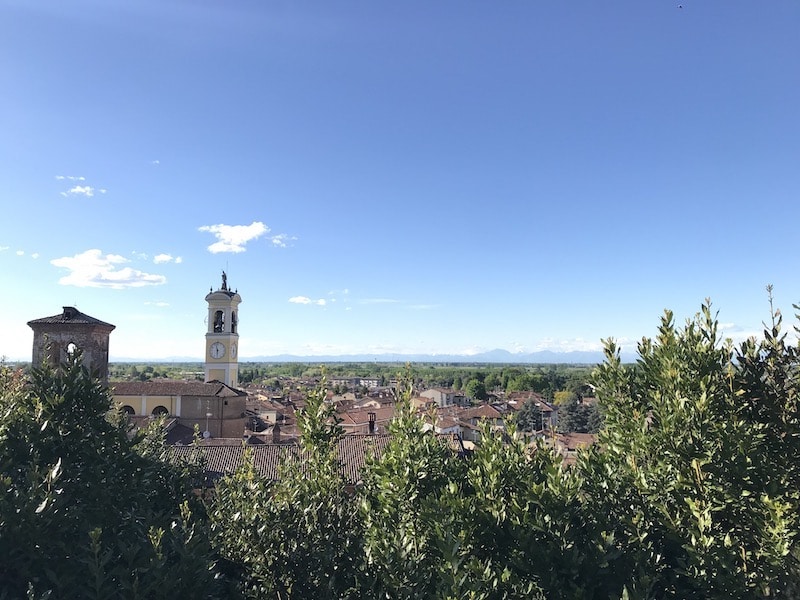
Celebrating Wine On San Colombano Hill
Although grape and wine festivals are enjoyed in many villages all around the Bel Paese, it’s no wonder why San Colombano’s is so popular.
San Colombano hill is the only place in the province of Milan devoted to viticulture and winemaking. It’s said that these were introduced—together with Christianity—by St. Columbanus in the 7th century.
The hillside park extends between the Lambro and Po rivers and covers almost 1,500 hectares (~3,707 acres).
This land is shared by five municipalities, but 60% belongs to San Colombano.
The highest altitude is at Madonna dei Monti which reaches 147 meters (~482 feet).

Vineyards occupy one-third of the hill.
There, vines of Croatina, Barbera, and Uva Rara are cultivated and their grapes blended together to make the fine San Colombano Rosso, or red.
Pleasant and sparkling with notes of berries when young, the vino reaches its highest expression in the mature Riserva version.
In a turn of events from legend to literature, the San Colombano red may actually be the wine featured in Alessandro Manzoni’s famous historical novel, The Betrothed, which is set in and around Milan in the 1600s.
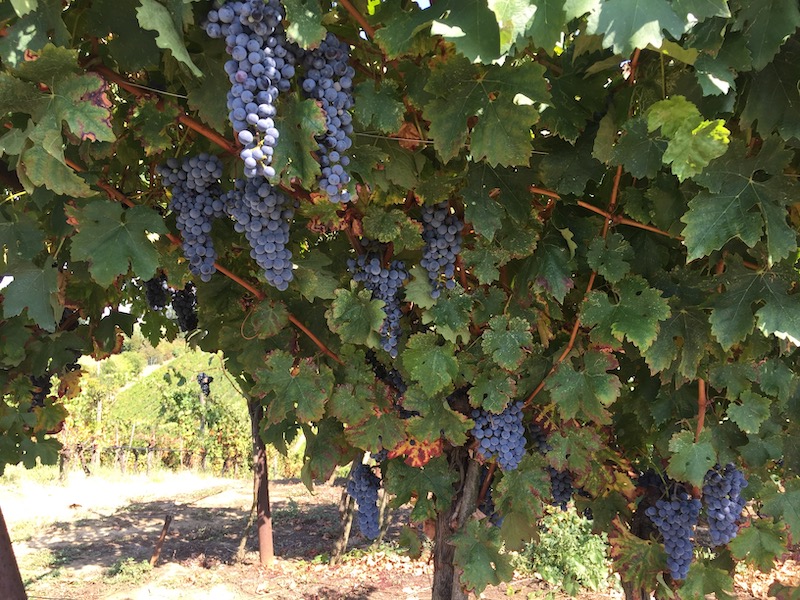
The story goes that the male protagonist, Renzo, asks for “a good flask of wine” in the inn where he lodges after getting caught in the bread riots.
In the original Italian text, he orders it sincero, meaning not diluted with water or sugar.
At that time, the wine drank in the Milan area came from either Valtellina or San Colombano; however, Valtellina is geographically further away, and its wine matures later in the year and also keeps longer.
San Colombano, instead, had always had a strong connection to Milan and had been a stronghold of the Duchy of Milan since the 1300s.
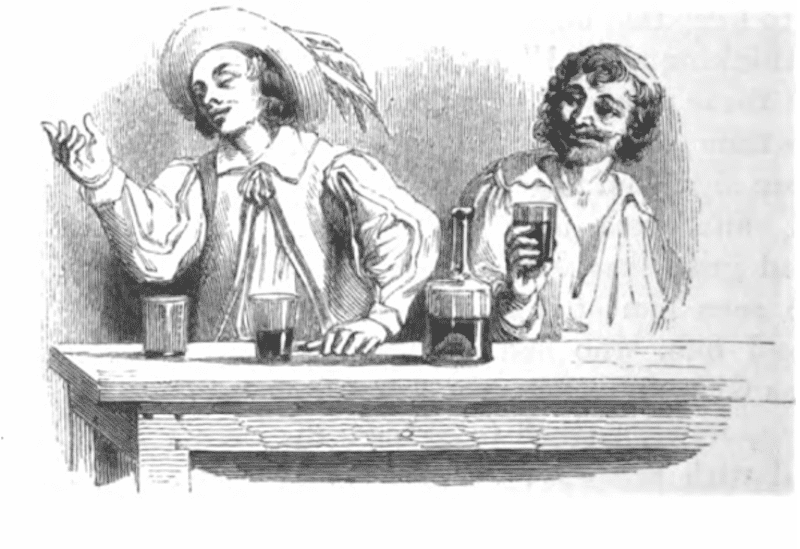
As for the white grape varieties, Chardonnay and Pinot Nero are the ones used for the San Colombano Bianco, or white.
This wine it exotic yet homely, with hints of banana, pineapple, citrus fruits, and apple.
Prestige In The Lombardy Wine Region Of San Colombano
Both the red and white San Colombano wines obtained the prestigious Denominazione di Origine Controllata (DOC) status in 1984 and 2002 respectively.
They’re the only DOC wines of the Milan province.
The Verdea grape deserves a separate mention since some sources suggest it may be indigenous to San Colombano. This would explain why it’s known as “Colombana Verde” in Tuscany.
Carlo Pietrasanta, local winemaker and founder of Movimento Turismo del Vino, tells me it’s believed Verdea was Galileo Galilei’s favorite wine.
Slightly aromatic and lightly sparkling, it’s very easy to like it.
But perhaps “simplicity” is the word that describes it best, at least for the wine connoisseur.
Others prefer to call it the Prosecco of Milan, which is definitely much trendier.
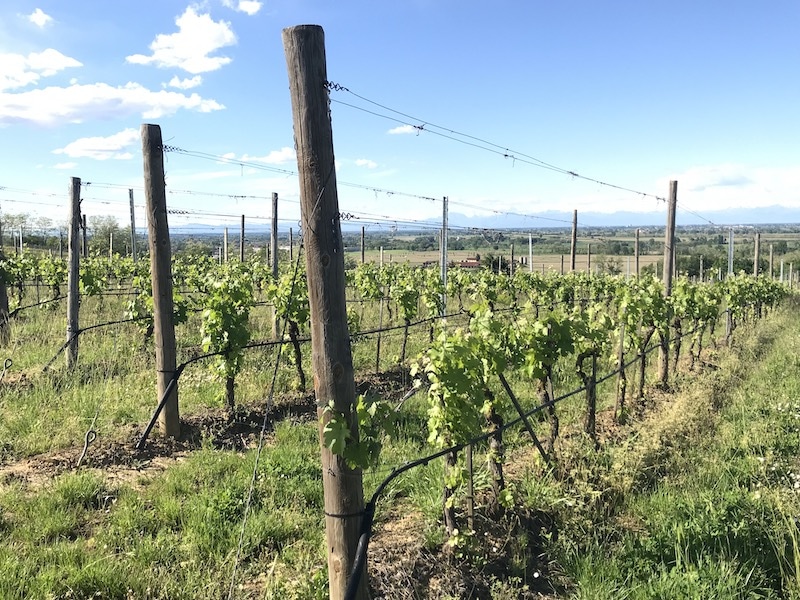
A Place Where History Meets Present
There’s also another wine-related tradition that’s been passed from generation to generation in San Colombano.
Its grape festival has been organized continuously since 1957 and was only interrupted in 2020 due to concerns over COVID-19.
Initially, it consisted of a parade of floats, from which the local inhabitants (called banini) would hand out grapes to celebrate the harvest.
Then, puppets gradually began to replace people.
Nowadays, hundreds of residents, divided into a handful of teams, participate in the float making—a process that’s as religiously followed as the harvest.
Over the few months leading up to the event, they build their float’s characters with a structure made out of wood and iron for stability.
They then cover them with papier-mâché and wrapping paper to give uniformity.
A grape-inspired theme is mandatory and political satire is best avoided.
There is a plethora of tasks involved: welding, painting, decorating.
And once the floats are ready, tractor drivers have the last duty to lead them to the heart of the historic center.
After parading through the town’s main streets, the puppets come alive in the square opposite the castle and main church. The show is accompanied by a brief tale, music, and dances.
Special effects like smoke bombs, confetti, bubbles, and electronic or mechanical movements—managed by those working below the float’s platform—are always a hit with the people’s choice jury.
But it also takes a unique theme with a fitting tune, spectacular scenography, and bright colors to win the three cash prizes awarded by the technical jury.
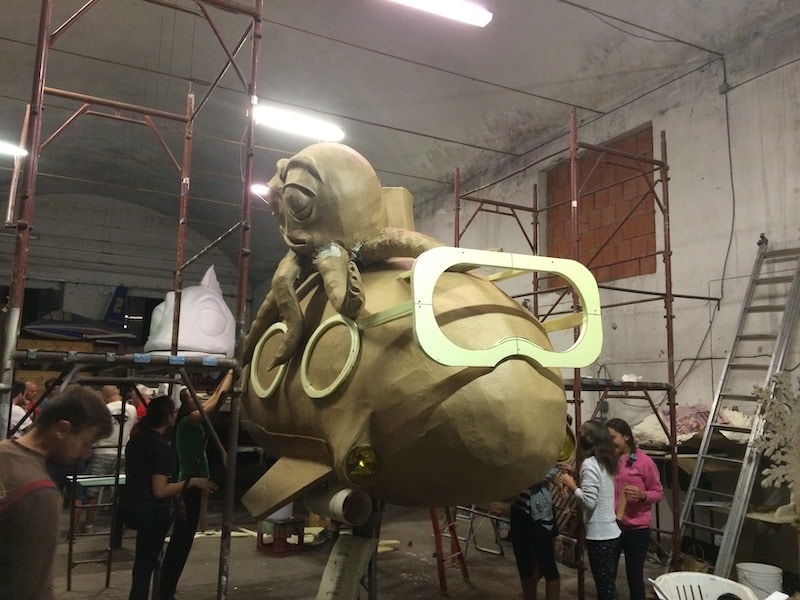
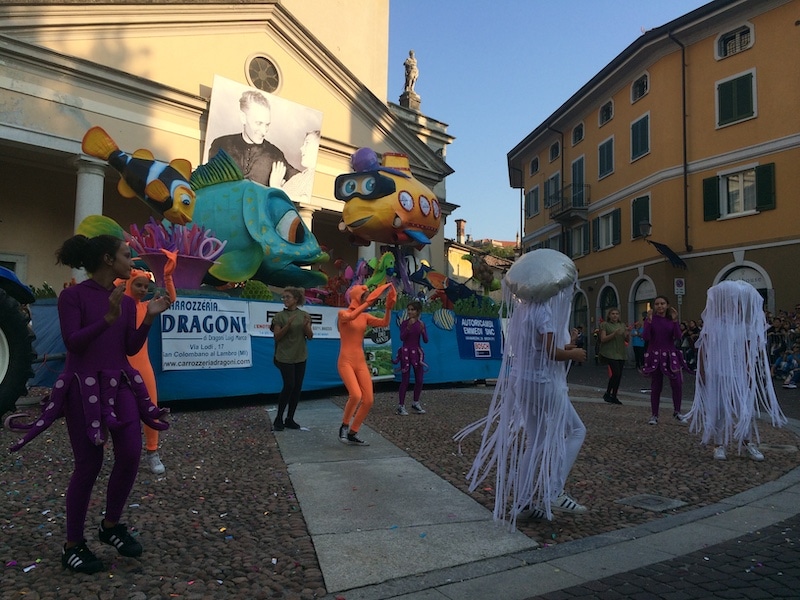
And so, the crowds can cheer “The Ghost Ship”—which sank, but was found full of barrels of San Colombano DOC wines—“Space Grape Harvest”, and “Peter Vin and Captain Grape in the Land of the Good Wine”.
Each year, as night falls, fireworks mark the finale of the festival—but also the end of the grape season and the beginning of autumn.
It’ll be one more year until the next harvest.
In the meantime, millions of bottles of San Colombano wine will continue to be uncorked all over Milan, Lombardy, and beyond.
Have you visited the Lombardy wine region of San Colombano near Milan, Italy?
Enjoyed this post on San Colombano wine? Pin it for later!
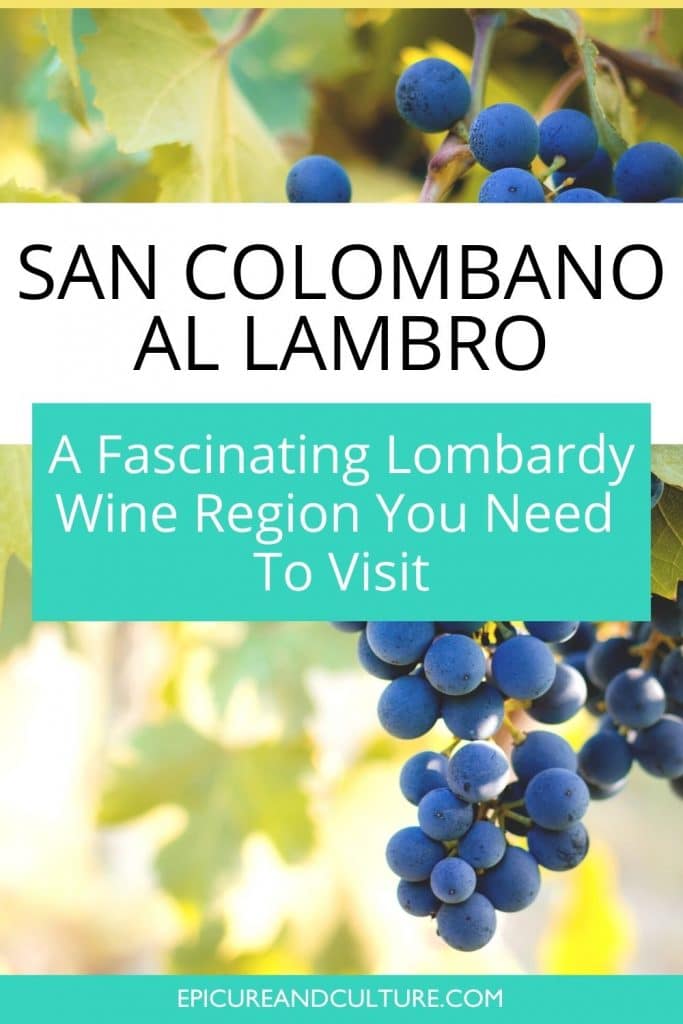
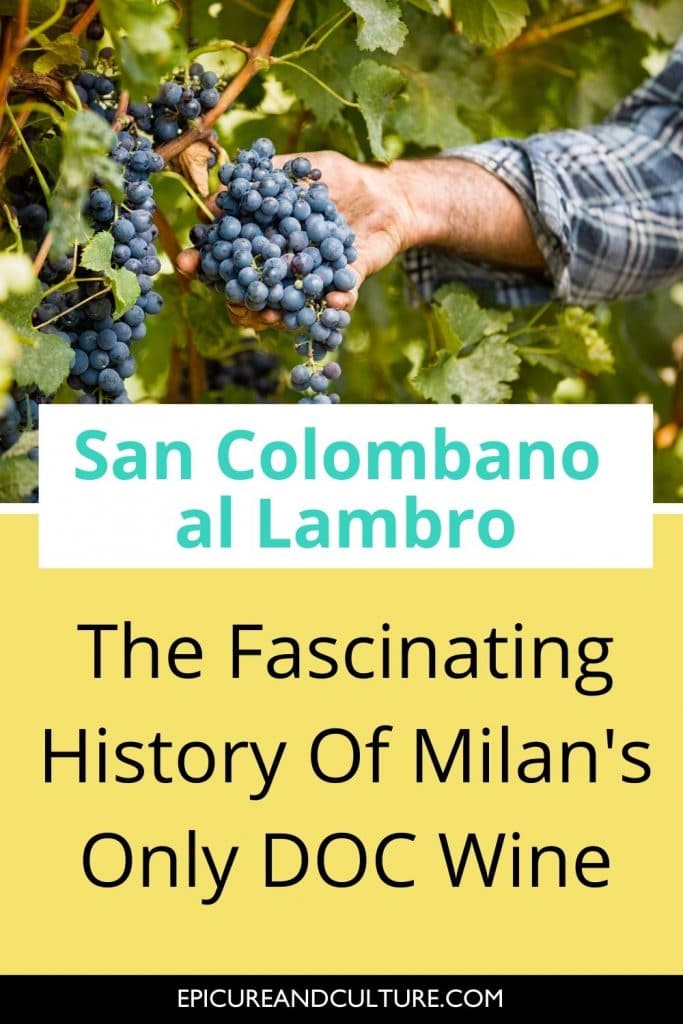
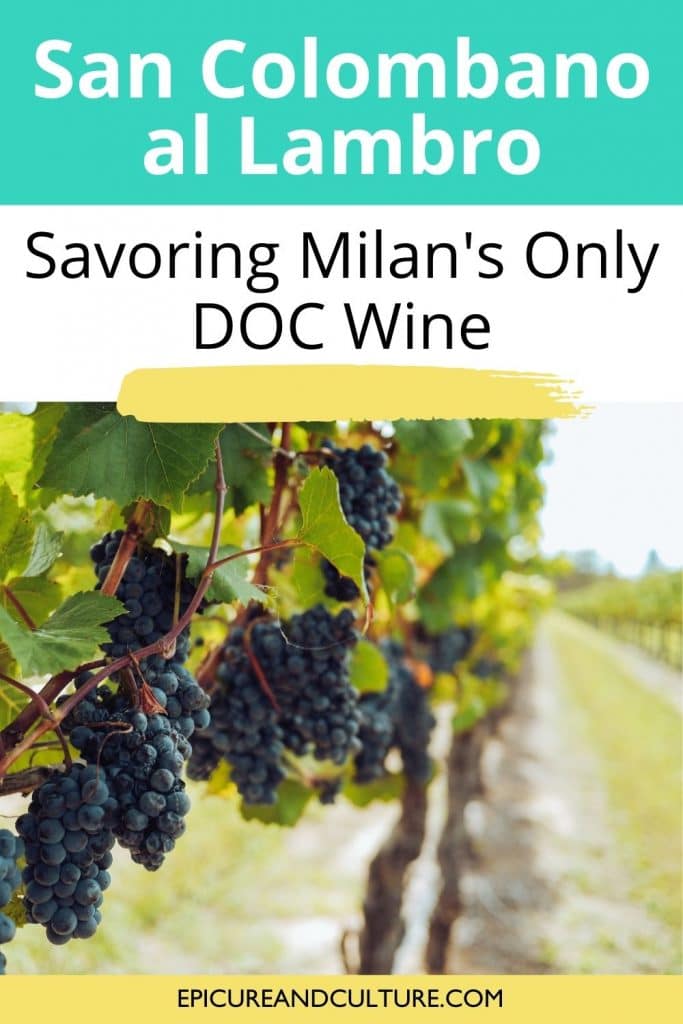

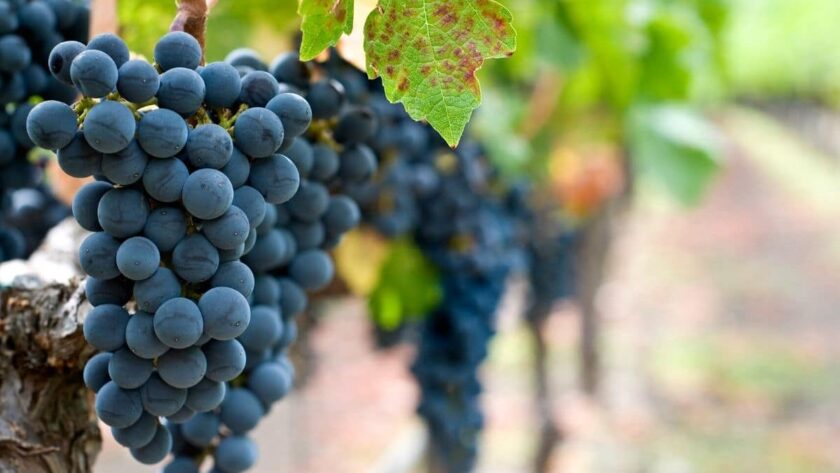
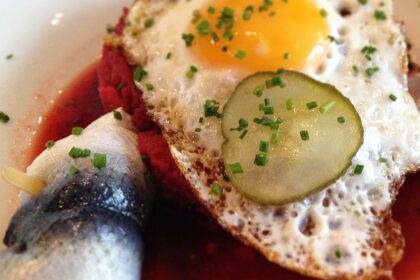
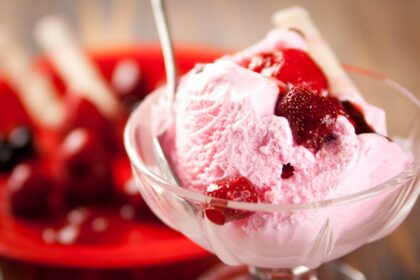
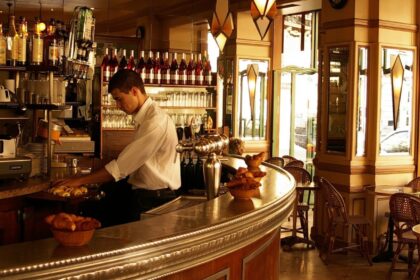
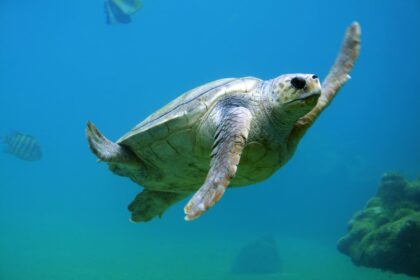
Wagamama menu is great! The food tastes amazing and their website is easy to use. I think more people should know about it!
FBS broker review Is a well-established online brokerage offering trading services in various financial instruments, including forex, commodities, indices, and cryptocurrencies. Known for its user-friendly platform, XTB has gained recognition for providing access to a diverse range of markets
McDonald’s sweden menu has its usual classics like the Big Mac, but they also offer local twists. For a plant-based option, try the “McVegan” burger, or the “Halloumi McFeast” with grilled halloumi cheese. They also have seasonal items, so there’s always something new to try.
https://mcdonaldsmeny.com/